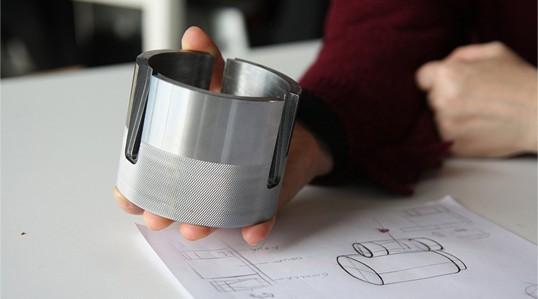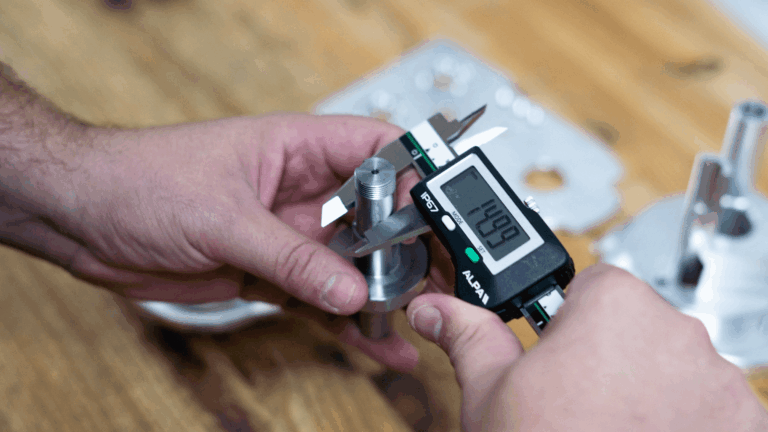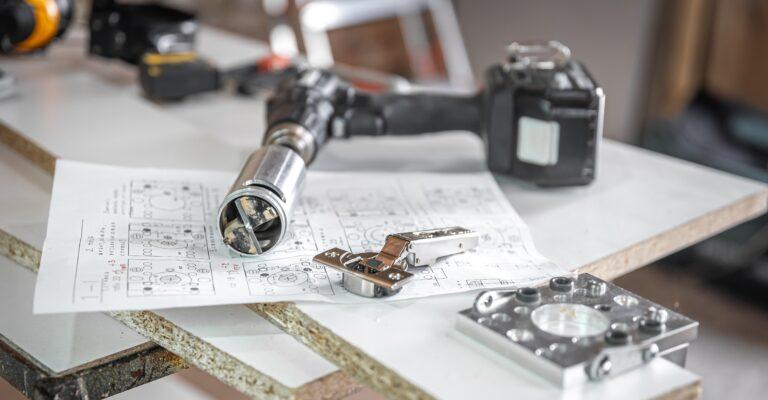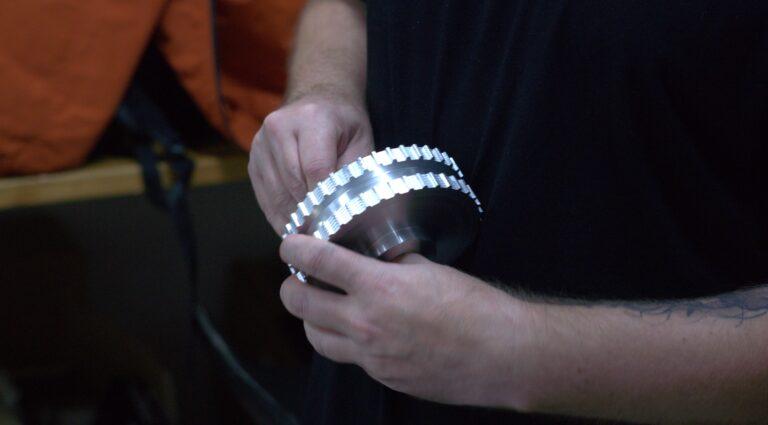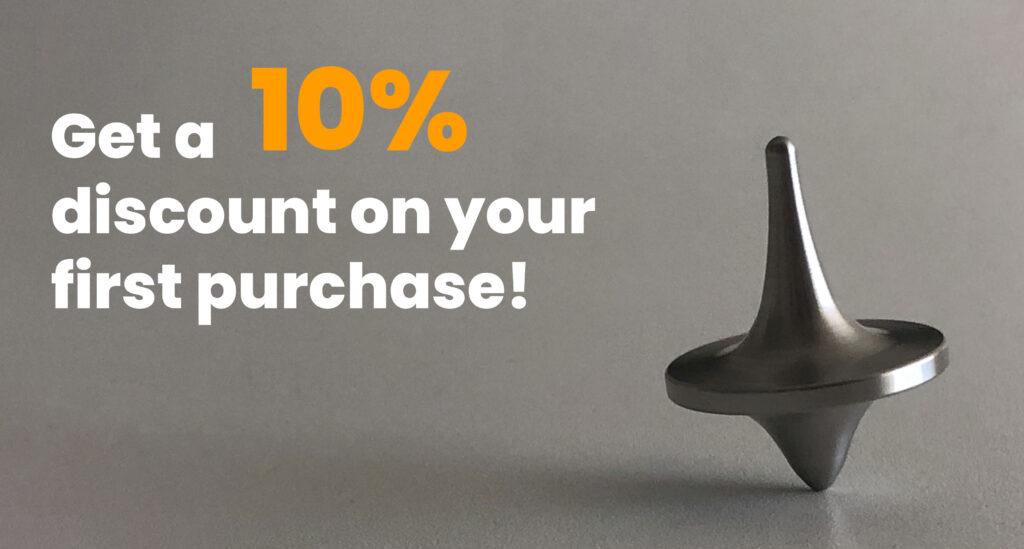Choosing the right finish for your prototype is not just a matter of aesthetics. Surface finishes can influence the behavior of the material, the way the user interacts with the product, or even the feasibility of mass production.
In this article, we explain what you need to consider when choosing the perfect finish for your prototype’s purpose and review the finishes available at Proto&Go!.
Aesthetics and presentation in rapid prototyping processes
If your prototype is going to be shown to customers, investors, or exhibited at a trade show, aesthetics are key. This is where presentation-oriented finishes make all the difference. In projects carried out using 3D printing, finishes such as painting or polishing can be applied to achieve an attractive visual appearance. Painting is ideal for representing a version close to the final product, customizing color, gloss, or texture. On the other hand, polishing achieves smooth, reflective surfaces that reinforce the perception of quality.
Functional finishes: strength and durability in machined parts
In technical or functional validation contexts, the finish has a purpose beyond aesthetics. Here, durability, precision, and material performance are prioritized. In functional prototypes manufactured using CNC machining , finishes such as anodizing, bluing, or chemical nickel plating significantly improve the performance of machined parts.
- Anodizing provides corrosion protection for aluminum prototypes, extending their service life.
- Bluing is used to protect steel parts in demanding conditions.
- Chemical nickel plating increases wear and friction resistance, ensuring greater durability during testing.
These treatments, common in industrial manufacturing, are essential for parts manufacturing projects where real-world conditions of use are simulated.
Compatibility with materials for 3D printing and CNC machining
Not all finishes can be applied to all materials. When choosing between different
- Anodizing is only applicable to aluminum.
- Bluing is limited to steels.
- Polishing is most effective on metal surfaces.
- Sandblasting and painting are ideal for 3D-printed plastics, improving their aesthetics without altering their geometry.
The Proto&Go! team advises you on finding the most suitable combination of technology, material, and finish, ensuring that your prototype meets both your technical and visual requirements.
Finishes and user experience: tactile and visual design
When the prototype is intended for ergonomics or interaction testing, texture and surface finish play an important role in the user experience. Textured finishes, for example, improve grip, conceal imperfections, and prevent unwanted reflections. This type of detail is considered from the initial 3D modeling phase, especially in prototypes that will be handled or evaluated by end users.
In addition, the integration of tools such as 3D printing software and 3D scanning allows verification that the finish accurately matches the digital design, ensuring delivery that is faithful to the intended model.
In short, we can say that before making a decision, it is advisable to ask yourself some key questions: Is the prototype functional or visual? Does it need to withstand friction or moisture? What perception do you want to convey to the user? Is the chosen finish compatible with the additive manufacturing process, CNC manufacturing, or the material used?
At Proto&Go! , we offer 3D printing and industrial machining services that integrate professional finishes tailored to each objective. Upload your file, select the desired finish, and transform your idea into a tangible, functional reality that is ready for validation.
Upload your 3D file now and request a quote from our website!

